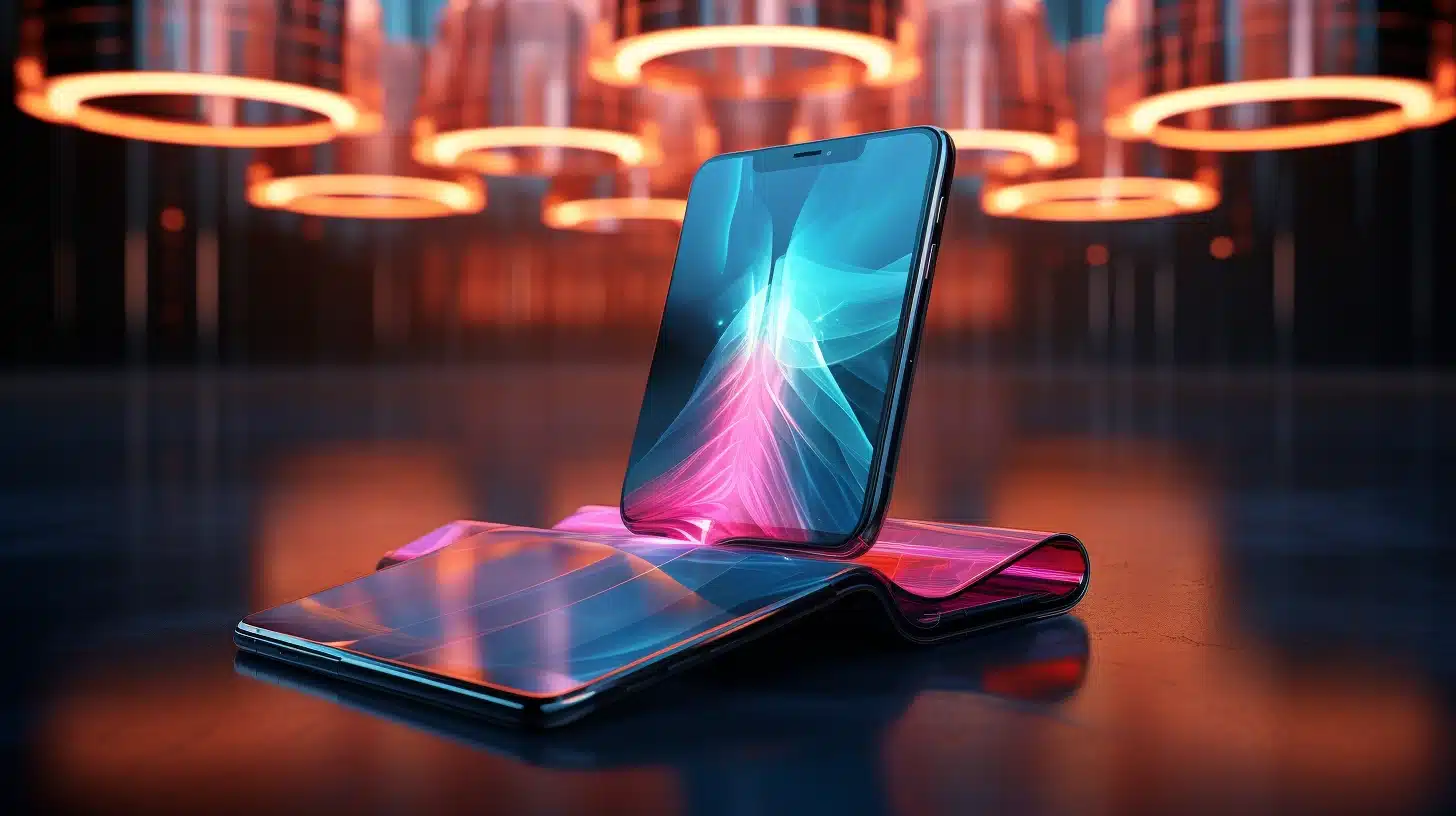Foldable devices, with their dynamic displays and adaptable form factors, represent a significant leap forward in mobile technology. They’re not just bigger phones; they’re a new canvas for app developers, demanding a paradigm shift in design thinking. However, this exciting potential comes with unique challenges. Crafting seamless, intuitive, and engaging experiences for foldable devices requires a deep understanding of their capabilities and user expectations.
Understanding the Foldable Landscape:
Before diving into design specifics, it’s crucial to grasp the diverse landscape of foldable devices. They come in various forms:
- Foldable Smartphones (Inward/Outward Folding): These devices transition from a standard smartphone form factor to a larger tablet-like display.
- Flip Phones (Clamshell): These compact devices unfold to reveal a standard smartphone screen.
- Dual-Screen Devices: While not strictly “foldable,” these devices offer two distinct screens that can work independently or in tandem.
Each form factor presents unique design considerations. The core challenge lies in creating apps that seamlessly adapt to these transitions, providing a consistent and enjoyable user experience regardless of the device’s state.
Key Design Principles for Foldable Apps:
- Adaptability and Responsiveness:
- The foundation of foldable app design is adaptability. Apps must dynamically adjust their layout and content to fit the changing screen size and aspect ratio.
- Employ flexible layouts and responsive design principles that ensure elements scale and reposition gracefully.
- Utilize Android’s
WindowManagerand iOS’sUIScreenAPIs to detect device state changes and trigger layout adjustments. - Test your app on various foldable devices and screen configurations to ensure consistent performance.
- Continuity and State Preservation:
- Users expect seamless transitions between folded and unfolded states. The app should preserve its state and content during these transitions.
- Implement robust state management to ensure that users can pick up where they left off, regardless of the device’s configuration.
- Avoid jarring transitions that disrupt the user’s flow. Instead, opt for smooth and animated transitions that enhance the experience.
- Multi-Window and Multi-Tasking Optimization:
- Foldable devices excel at multi-tasking. Design your app to take advantage of this capability.
- Support multi-window modes, allowing users to run your app alongside other apps.
- Implement drag-and-drop functionality to facilitate seamless data transfer between apps.
- Consider how your app can integrate with other apps to create a cohesive multi-tasking environment.
- Leveraging the Expanded Canvas:
- The larger screen of unfolded devices opens up new possibilities for content presentation and interaction.
- Utilize the extra space to display more information, enhance visual elements, and provide richer interactions.
- Consider using split-screen layouts, side-by-side views, and other multi-pane interfaces to maximize the screen real estate.
- Optimize content for the larger display, ensuring that text is legible and images are crisp.
- Optimized User Interaction:
- Consider the ergonomics of foldable devices. Users may hold and interact with them differently in folded and unfolded states.
- Design touch targets that are easily accessible in both configurations.
- Utilize gestures and interactions that are tailored to the device’s form factor.
- Consider the placement of key UI elements to ensure they are within easy reach.
- Thoughtful Content Presentation:
- The larger screen enables the display of more content, but also increases the risk of overwhelming the user.
- Prioritize content and present it in a clear and organized manner.
- Utilize visual hierarchy and white space to guide the user’s attention.
- Consider using adaptive content strategies, where the amount and type of content displayed adjust based on the screen size.
- Testing and Iteration:
- Thorough testing is essential for ensuring a smooth and enjoyable user experience.
- Test your app on a variety of foldable devices and screen configurations.
- Gather user feedback and iterate on your design based on their input.
- Pay close attention to performance, battery consumption, and other factors that can impact the user experience.
Also Read : Factors affecting the commercial of mobile app design ?
Specific Design Considerations for Different Foldable Types:
- Inward Folding Smartphones: Focus on seamless transitions between the cover screen and the unfolded display. Optimize for both small and large screen experiences.
- Outward Folding Smartphones: Pay close attention to the durability and scratch resistance of the outer display. Design for consistent usability regardless of the fold state.
- Flip Phones: Prioritize compact design and quick access to essential features on the cover screen. Optimize for one-handed use and efficient information delivery.
- Dual-Screen Devices: Exploit the ability to display different content on each screen. Consider how users can interact with content across both screens.
The Future of Foldable App Design:
Foldable devices are still evolving, and their form factors and capabilities will continue to improve. Designers must remain agile and adaptable, embracing new technologies and design paradigms. As foldable devices become more mainstream, the demand for innovative and engaging apps will only increase.
By adhering to the principles outlined above, developers can create truly transformative experiences that leverage the unique capabilities of foldable devices. This new frontier of mobile app design offers exciting opportunities to push the boundaries of creativity and redefine the way we interact with technology.




